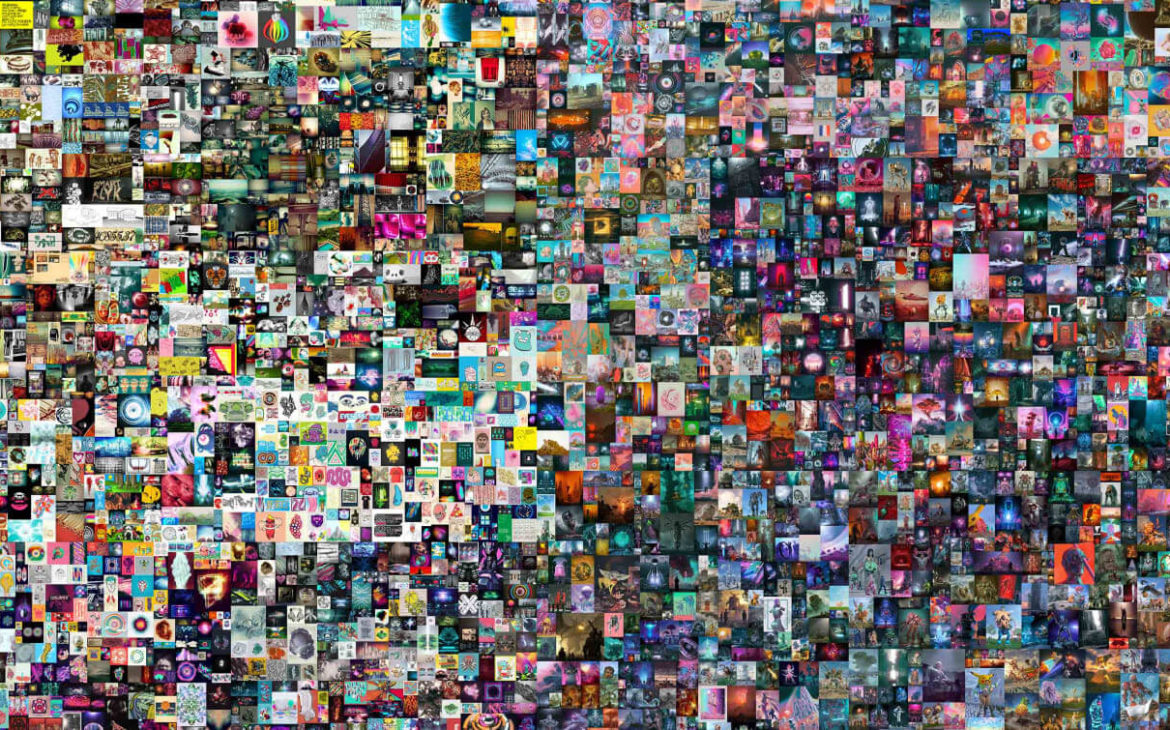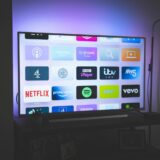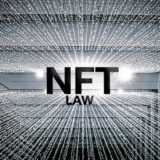THE BRAVE NEW WORLD OF NFTs [Part 1]
![THE BRAVE NEW WORLD OF NFTs [Part 1]](https://www.entertainmentmeetslaw.com/wp-content/uploads/2021/04/nft-pic.jpg)
A what now? Lets’s unpack it all starting with some basic terminology before taking a dive into the legal implications.
WHAT ARE NFTs?
NFT – Non Fungible Token
An NFT is a digital asset created on a blockchain, such as Ethererum, used to record transactions and proves ownership thereof.
“Non fungible” describes a unique item that can’t be replaced – although there may be multiple “editions” – unlike a bitcoin which is fungible, meaning interchangeable. The process of creating a file on a blockchain is called “minting”.
Artists, musicians, filmmakers, influencers are using NFTs as a new stream of income by monetizing their unique digital goods that may have previously been cheap or free. NFTs can be created for digital (e.g. photographs) or non-digital assets (e.g. paintings). They can also be produced for sound recordings, videos, video games, logos, animation and other intellectual property rights.
Blockchain Database
For those who don’t already know: it’s a decentralized digital ledger that records the history of transactions (blocks) across a network of computers which is linked together via cryptography so that the blocks can’t be subsequently altered or deleted. The items on the blockchain are publicly accessible.
Token
So, when Christie’s auction house sold artist Beeple’s digital art for a record sum of $69m in March, the winning bidder didn’t take home a sculpture, painting or print but instead the digital collectible. That goes to show that a seller does not buy the copyright to the work but a one-of-a-kind code, a file if you will, that is stored on a shared public exchange. Similar to physical art collecting, anyone can buy a Mona Lisa print but only one person owns the original.

Interesting side-note: NFTs have been popping up in the mainstream in 2017 with CryptoKitties, which traded digital versions of kittens, but are only now becoming increasingly present as cryptocurrencies are reaching record values. In 2020, the NFT market grew by 299%, valued at over $250 million.
WHAT’S THE VALUE OF NFTs?
Scarcity
The value lies within the NFT’s uniqueness, the digital item that is connected to a token on the blockchain which verifies the authenticity of it. Overall, the market drives the value or each original NFT.
The value from a long-term perspective for the token’s creator is established via resale royalties with each subsequent sale. Mark Cuban, for example, told USA Today recently that NFT’s marketplace NBA Top Shot, which sells NBA video highlights as NFTs, “could turn into a top 3 revenue source for the NBA over the next 10 years.”
Marketplaces
Each marketplace forum sets its own parameters and transaction fees. Watch-out for NFT trading platforms that charge a so-called “gas” fee, which is for the computational effort that is required to conduct a transaction or execute a contract.
At present, some of the most prominent marketplace platforms to sell and resell NFTs are:
- Opensea (open to any creator)
Primary market proceeds: 2.5% per sale goes to Opensea
Secondary market proceeds: Creator sets fee
- Nifty Gateway (invite/application only)
Primary market proceeds: Nifty takes 20%
Secondary market proceeds: 10% go to the Creator and 5% to Nifty
- SuperRare
Primary market proceeds: SuperRare receives 15%
Secondary market proceeds: 10% go to the Creator
- Traditional auction houses like Christie’s and Sotheby’s
Smart Contracts
Each NFT is created and linked to a smart contract which allows for automatically execution of transactions related to the token. The smart contract, a computer code, is also added on the blockchain so that sales are traceable facilitating the process of revenue sharing. Once a smart contract is on the blockchain it’s almost impossible to modify it. Therefore, it is important to ensure the terms of the contract are what they should be and all co-creators are assenting to the contract before it is deployed on the blockchain.
HOW TO CREATE/SELL/BUY NFTs?
Just like a physical item, an NFT can be sold, purchased, collected, and destroyed (even though it is hard to remove it from the web entirely). Creating a new token that is connected to a certain content on the blockchain is called “minting”.
What sort of art work can be minted?
Anything really, there are hardly any restrictions of what can be “tokenized”.
Now, how can this thing be created?
It’s easier as one might think it is. Here are some steps to consider:
- Set up a wallet on a blockchain like Ethereum, WAX, Iron, etc.;
Each has a specific NFT token standard which is compatible to certain wallet services and marketplaces.
Not all NFTs are created equal. Depending on the token standard, a set of rules that defines the data its functions vary. The ERC-721 is the Etherum token standard to produce an NFT that requires to deploy a new smart contract for each new token.
The ERC-1155 token standard on the other side, requires only to deploy one smart contract that is used to mint multiple tokens. - Add money to the wallet;
The process of turning content into an NFT incurs some cost and those “gas” fees will be paid from that digital wallet. On Ethereum, for instance, a small fraction of Ether should be sufficient. - Connect the wallet to an NFT marketplace;
Once logged on to a marketplace and a file is uploaded the content is minted into an NFT. Now, it is listed for sale and interested collectors can start bidding.








Comments are closed.